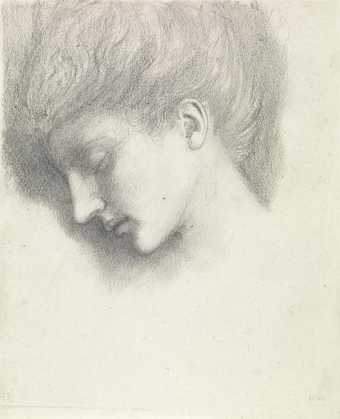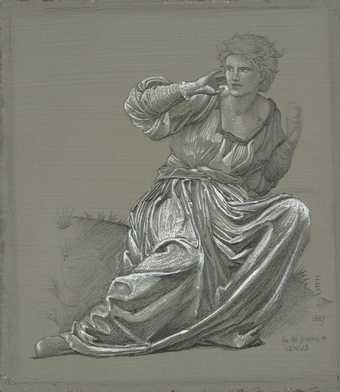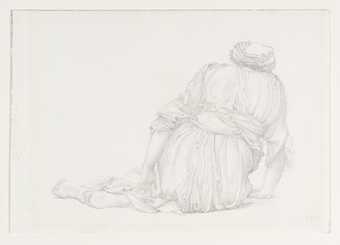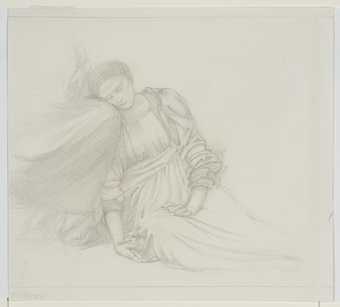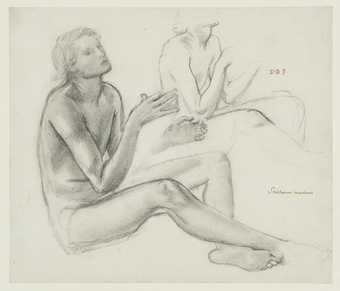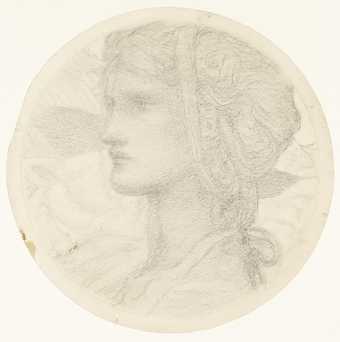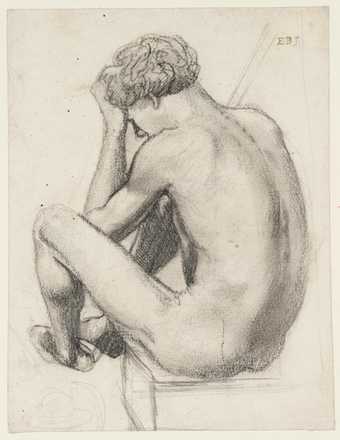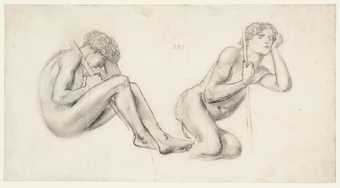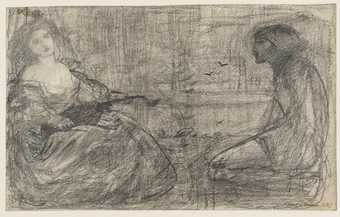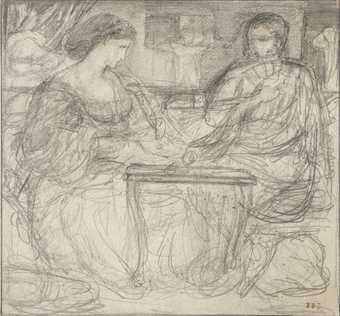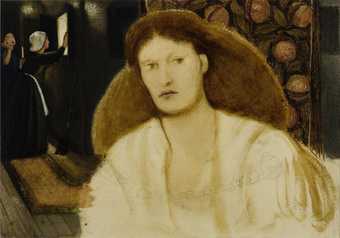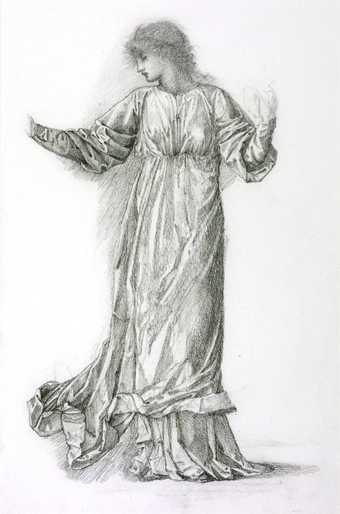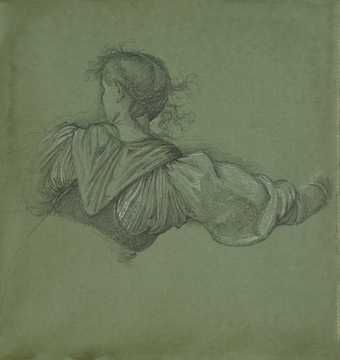
In Tate Britain
Prints and Drawings Room
View by appointment- Artist
- Sir Edward Coley Burne-Jones, Bt 1833–1898
- Medium
- Graphite on paper
- Dimensions
- Support: 478 × 264 mm
- Collection
- Tate
- Acquisition
- Bequeathed by J.R. Holliday 1927
- Reference
- A00095
Explore
- people(22,072)
-
- actions: postures and motions(9,111)
-
- sitting(3,347)
- adults(20,120)
-
- woman(9,110)
You might like
-
Sir Edward Coley Burne-Jones, Bt Study of a Sleeping Woman’s Head, possibly for ‘The Rose Bower’ in the ‘Briar Rose’ Series
c.1871–3 -
Sir Edward Coley Burne-Jones, Bt Study of a Seated Woman for ‘The Passing of Venus’
c.1877 -
Sir Edward Coley Burne-Jones, Bt Study of Seated Figure for ‘The Garden Court’ in the ‘Briar Rose’ Series
c.1873 -
Sir Edward Coley Burne-Jones, Bt Study of Seated Figure for ‘The Garden Court’ in the ‘Briar Rose’ Series
c.1873 -
Sir Edward Coley Burne-Jones, Bt Figure Study for ‘The Rose Bower’ (Briar Rose Series). Verso: Study of the Head of Merlin for ‘The Beguiling of Merlin’
c.1872–7 -
Sir Edward Coley Burne-Jones, Bt Study of a Female Head for ‘The Hours’
c.1872 -
Sir Edward Coley Burne-Jones, Bt Two Studies of Tristram for ‘The Madness of Sir Tristram’
c.1862 -
Sir Edward Coley Burne-Jones, Bt Roundel with the Head of a Woman
c.1870–5 -
Sir Edward Coley Burne-Jones, Bt Study of a Seated Male Nude for ‘The Liberation of St Peter’ in the Church of St Michael and All Angels, Lyndhurst, Hampshire
c.1863 -
Sir Edward Coley Burne-Jones, Bt Two Studies of a Seated Male Nude for ‘The Liberation of St Peter’ in the Church of St Michael and All Angels, Lyndhurst, Hampshire
c.1863 -
Sir Edward Coley Burne-Jones, Bt Sketch of Two Seated Figures: ‘Chant d’Amour’
c.1862–5 -
Sir Edward Coley Burne-Jones, Bt Sketch of Two Seated Figures for ?‘The Backgammon Players’
?c.1861 -
Sir Edward Coley Burne-Jones, Bt Woman in an Interior
c.1861 -
Sir Edward Coley Burne-Jones, Bt Study of a Dancing Woman for ‘The Mill’
c.1870–82 -
Sir Edward Coley Burne-Jones, Bt Study of the Head and Shoulders of a Woman for ‘The Passing of Venus’
c.1875

